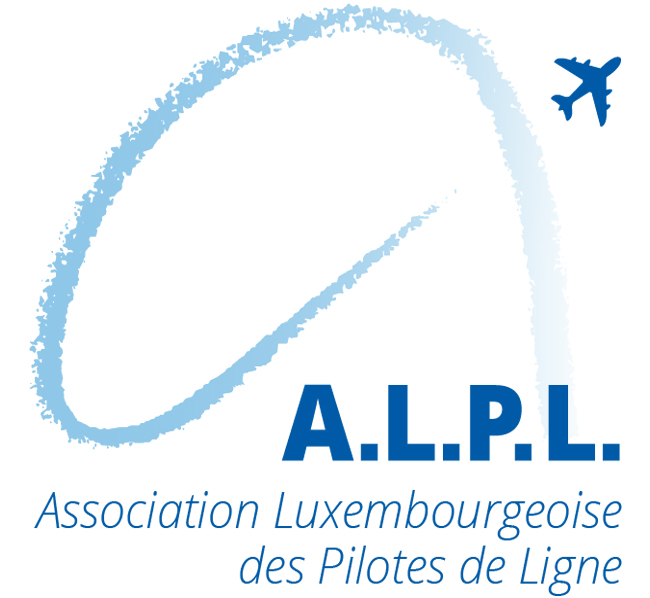Glamorous, challenging, rewarding, inspiring… The job of a commercial airline pilot is often described with an unending string of superlatives. While the pilot profession still continues to be one of the most attractive and challenging jobs, it has certainly lost some of its glory, the job market has changed, and pilot training has become a substantial financial investment. A new website – www.becomingapilot.eu – will help young aspiring pilots and their parents make an informed decision about this career option.
The path to becoming an airline pilot in Europe has changed dramatically in the past twenty years. The profession is much more accessible due to a rise of private training schools and new types of training & licensing schemes. This however comes at a price: the cost of pilot training varies between 70.000 and 140.000 EUR.
Most airlines choose no longer to invest in pilot training
Most airlines choose no longer to invest in pilot training. As a consequence, the cost and risk of becoming a pilot now falls primarily on the individual’s shoulders. The European Cockpit Association (ECA), representing pilots in Europe, set up the website – www.becomingapilot.eu – as a tool to help aspiring pilots and their parents assess the training and career options, and the everyday reality of being a pilot today.
“Parents are often the ones who pay the bill”, says ECA President Dirk Polloczek. “Mortgage on the family house is a very common way to finance pilot training. This is why we think it is important for parents to know what they will get in return on their investment. At the same time, they could help the next generation of pilots with choosing a good flight school, creating a plan B and managing expectations about the career”.
Parents are often the ones who pay the bill
Often aspiring pilots underestimate how volatile and hard-to-access the aviation job market is. For instance ‘wanna-be’ pilots do not know the difference in job perspectives depending on the chosen flight school. And a pilot license no longer guarantees you a flying job. It might leave you unemployed and with a huge debt. And even if you do find a job, atypical and precarious employment schemes are particularly frequent among young pilots at the beginning of their careers, with a negative impact on their income and ability to plan their future. So before taking the plunge, aspiring pilots and their parents need to take an informed decision.
If it is your dream, go for it! But do it with your eyes wide open!
“99% of the pilots have chosen this career because it was their childhood dream”, says Otjan de Bruijn, ECA Board Director. “We realise that people are designed in a way to pursue their dreams, no matter what, at all costs. And this is great! Because you get dedicated professionals, who love their job. But not everyone is lucky enough to get a pilot job. Some don’t even get their pilot license. We feel it is our duty to inform the future pilots of Europe about the potential pitfalls of the pilot training, the career and the job market. Our ultimate advice: If it is your dream, go for it! But do it with your eyes wide open!”
Visit the website, which offers aspiring pilots the basic information they need in a clear and systematic way.







